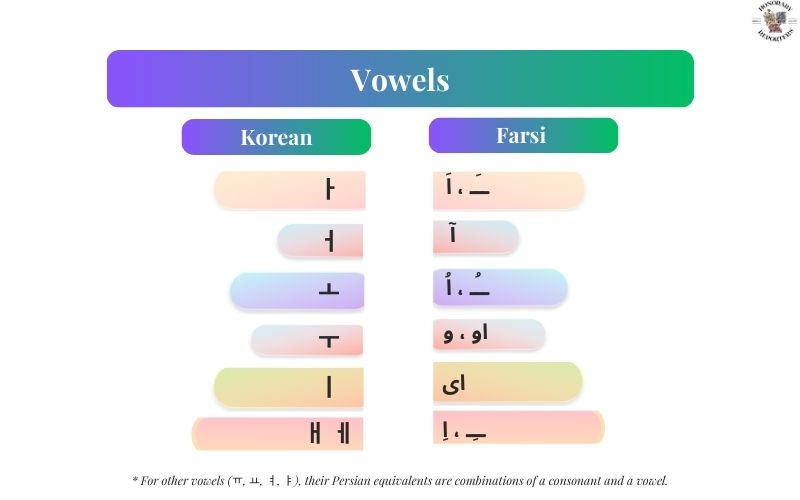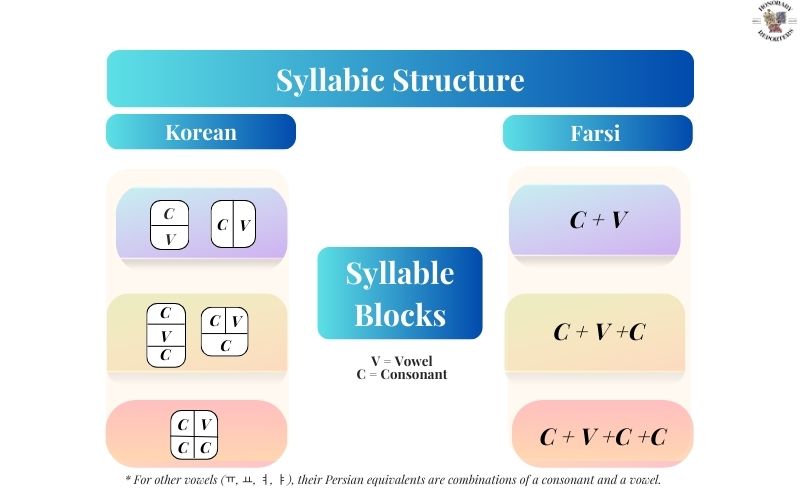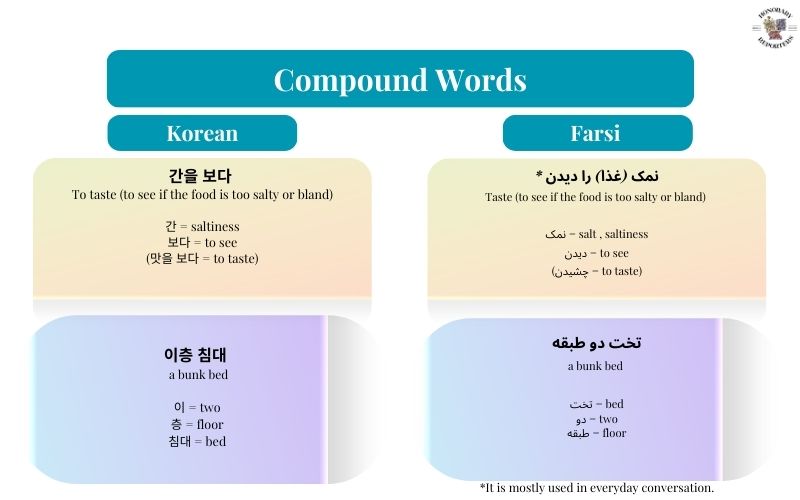Many of my friends who, like me, are learning the Korean language cite K-pop and K-drama as the reason for their interest and the beginning of their journey into Korean language and culture. I am no exception. However, my story is slightly different and goes back 12 years when I watched a series in the Korean language without dubbing.
I started watching Korean dramas and movies a few years before that, which were usually dubbed into Persian and broadcast on Iran's national television. Since my interests and activities revolved around writing and cinema, when watching movies and series, whether dubbed or in their original language, I mostly focused on the story, screenplay, and artistic aspects. However, in the case of Korean works, another aspect caught my attention: the harmonious sound and intonation of the Korean language. This created the same pleasant feeling in me that Persian poetry evokes. This might seem odd to others, even Persian speakers, but it was how I felt. It was after this that I started learning Korean.
At that time, finding resources and books was very difficult. After much searching on the internet, I discovered “KBS World Radio” and its Korean language learning programs, and I began my studies there. However, due to my intense academic schedule and work commitments, I had to stop. Four years ago, I restarted this journey with online classes from “Talk to Me in Korean”, “King Sejong Institute”, and the “Teuida” app.
At the beginning of this journey, due to the differences between the Korean and Farsi (Persian) alphabets, it seemed like I was facing two entirely distinct linguistic worlds. However, as I progressed, I realized that contrary to my expectations, the two languages, though distant, share significant similarities.
One of the fascinating aspects of learning a new language for me is discovering its similarities to my native language. These similarities make my learning process faster and more effective. It was truly exciting to find more commonalities between Korean and Farsi than even with English. Each time I encountered a similarity, I would say to myself, “Wow, really?” and think how great it would be if there were Korean language learning resources in Farsi, as most available resources teach Korean in English or other languages.
Phonemes (including consonants and vowels)
As I previously mentioned, the harmonious sound and intonation drew me to the Korean language. Farsi and Korean have similar phonemes, especially among vowels (except for ㅡ, which has no equivalent in Persian). This similarity helped me learn the pronunciation of words without relying on Romanization.

Syllabic Structure
In both languages, words follow a syllabic structure. Korean is syllable-based, and in Farsi, each word is divided into syllables, which are essential for both pronunciation and writing. Although the arrangement of syllables and the placement of consonants and vowels differ (horizontal-vertical in Korean and horizontal in Farsi), there is significant similarity in their order, and vowels play a crucial role in each syllable.

Sentence Structure and Grammar Rules
Both languages emphasize levels of formality in conversations. The word order in both is S + O + V (S= Subject, O = Object, V= Verb). Similar to Korean, Farsi adds tense markers to verbs at the end of a sentence. One of the most challenging grammar points in Korean topic/subject-marking and object-marking particles. In Farsi, there are no topic/subject-marking particles, but an equivalent of object-marking particles exists, immediately following the object, called "را" (/ra/). Additionally, in Farsi, the subject can be omitted in everyday conversational sentences, much like Korean.
Compound Words
Both languages use compound words to create new ones. Interestingly, there are structural similarities between Farsi and Korean compound words, especially in terms of meaning, such as 간을 보다 and 이층 침대. In Persian, equivalent compound words with the same meanings are used.

These similarities are not limited to language but extend to Iranian and Korean cultures, which share many commonalities. Examples include customs and traditions for New Year’s celebrations (설날 (Seollal) in Korea and Nowruz in Iran), celebrating the longest night of the year (Yalda/ Chelle Night in Iran and 동지(dongji) in Korea), traditional music and performances (Pansori in Korea and Naqqali in Iran), and even shared traditional games (Yek Ghol Do Ghol in Iran and 공기놀 (Gonggi ) in Korea). These are signs of cultural interaction between the two countries throughout history.
Note:
I find it important to point out one fact. Some people mistakenly consider Farsi and Arabic to be the same language. While Farsi and Arabic share similar alphabets (though not entirely identical) and have influenced each other due to the proximity of Arab countries to Iran and historical events, they are completely different in terms of historical background, culture, grammar, and pronunciation. These two languages belong to entirely separate and distinct cultures.
How about this article?
- Like11
- Support0
- Amazing3
- Sad0
- Curious0
- Insightful0


